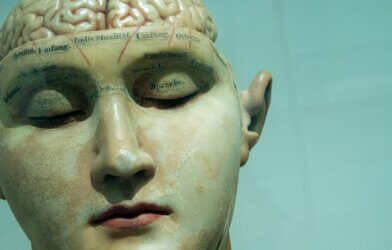“Augmented Reality: A Game-Changer in Parkinson’s Disease Therapy”
Augmented reality (AR) is stepping into the world of Parkinson’s disease therapy, making a positive impact on posture and mobility, according to a recent Cleveland Clinic study. The trial introduces a groundbreaking approach to physical therapy using Microsoft’s HoloLens2 AR headset, aiming to improve the lives of people battling Parkinson’s.
Parkinson’s disease often disrupts an individual’s balance and stability, leading to difficulties in movement and an increased risk of falls. Traditional treatment methods include dual-task training (DTT), which engages both the mind and body in tasks simultaneously, such as walking while listening to an audiobook or talking while grocery shopping. However, this therapy has limitations, including the need for extensive monitoring and personalization, making it less accessible.
Enter the “Dual-task Augmented Reality Treatment” (DART), an innovative solution designed to bridge this gap. Instead of a human therapist, DART employs a digital avatar named Donna, named after Dr. Jay Alberts’s mother, who led the study. Patients don the AR headset, placing Donna directly in their field of vision. The avatar guides users through exercises, provides instructions, and demonstrates movements while tracking their movements and responses. The headset collects data for clinicians to assess and tailor future sessions.
Dr. Alberts explained, “A digital platform that accomplishes these tasks, even down to detecting minor changes in a person’s stride, can help standardize and implement DTT.” The trial results revealed that both AR headset-guided DTT and in-person therapist-led DTT yielded similar improvements in gait and postural stability. The key benefit of DART is its potential to democratize access to DTT, making it more widely available without replacing the role of a physical therapist.
The training program can enhance posture, stability, and reduce the risk of falls or “freezing” episodes that Parkinson’s patients often face. Some DTT activities include stepping forward on even-numbered cues and backward on odd numbers, responding to color-coded signals by waving or crouching, and memorizing number sequences while navigating a digital obstacle course. DART offers over 230 combinations of DTT activities, providing patients with engaging and challenging exercises.
In the clinical trial, nearly 50 participants underwent sessions led by either an in-person therapist or the DART platform. Remarkably, both groups demonstrated comparable and clinically significant improvements in their mobility and balance. Furthermore, retention rates were high for both groups, addressing concerns about sustaining therapy benefits over time.
Dr. Alberts emphasizes that DART is not intended to replace physical therapists but rather to serve as a technological tool that facilitates broader DTT adoption. Many individuals with Parkinson’s disease already juggle physical therapy, medication management, and specialist appointments alongside their daily lives and family responsibilities. DART’s goal is to make DTT more accessible and convenient, removing yet another obstacle for patients eager to enhance their daily lives.













